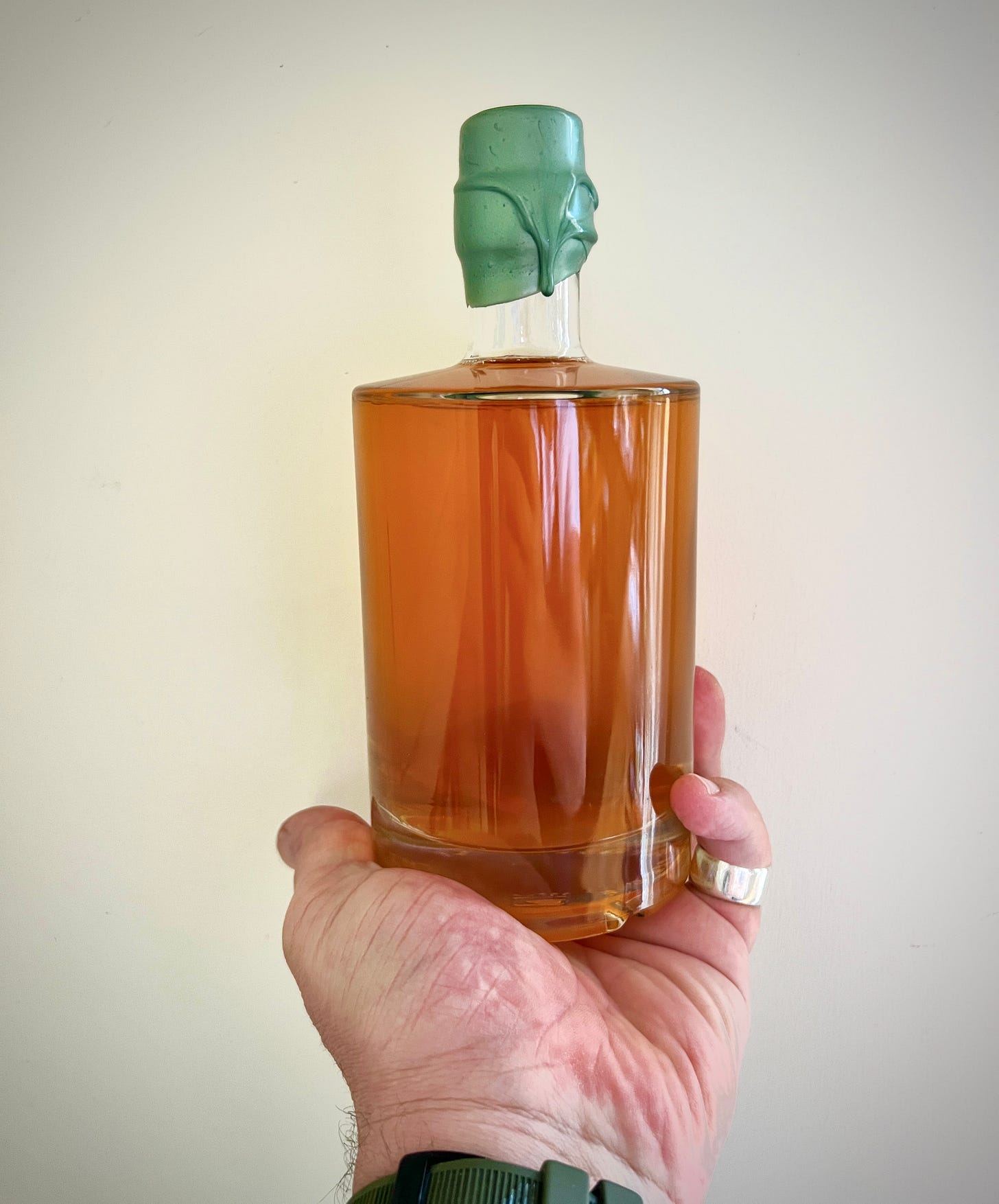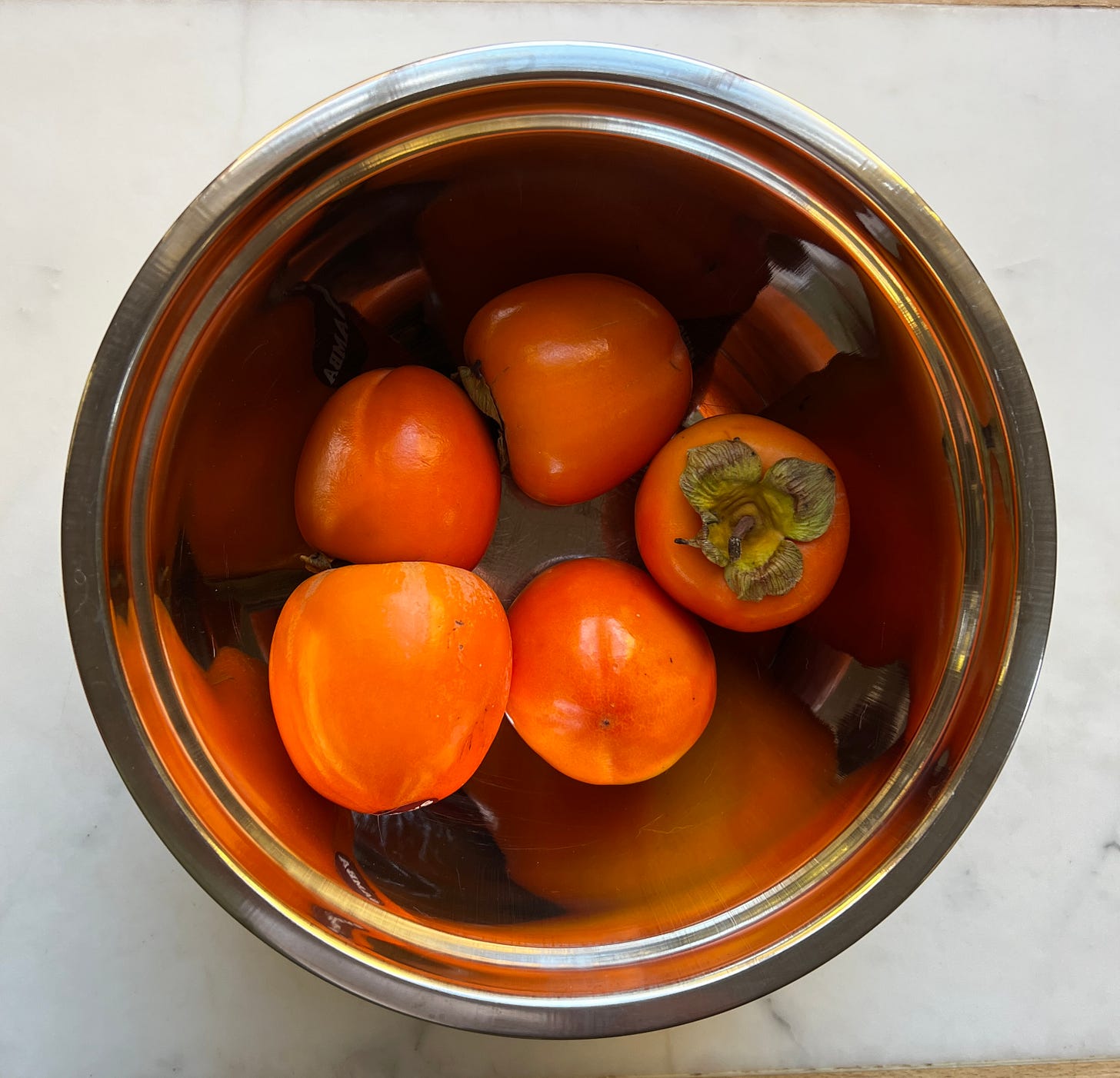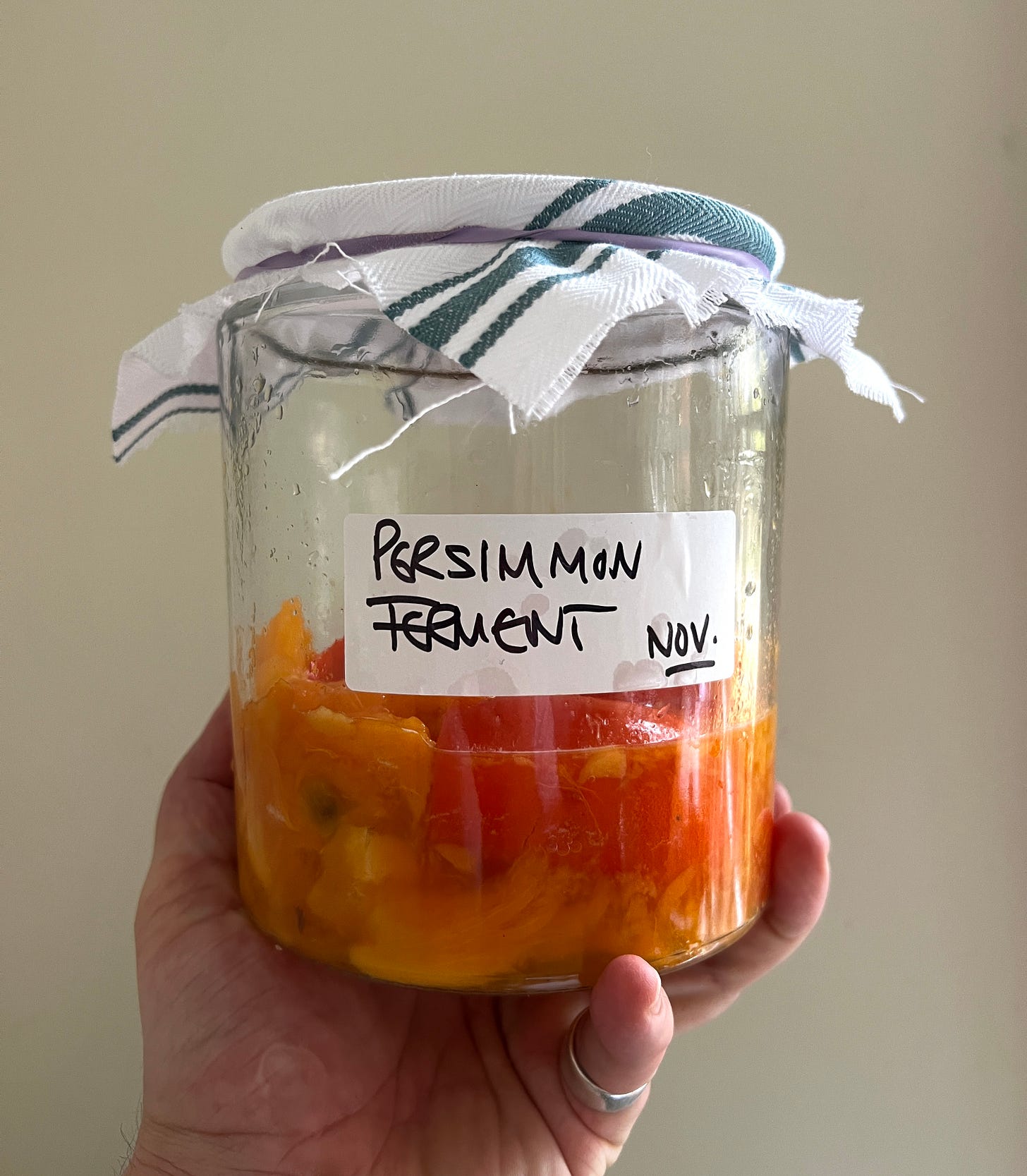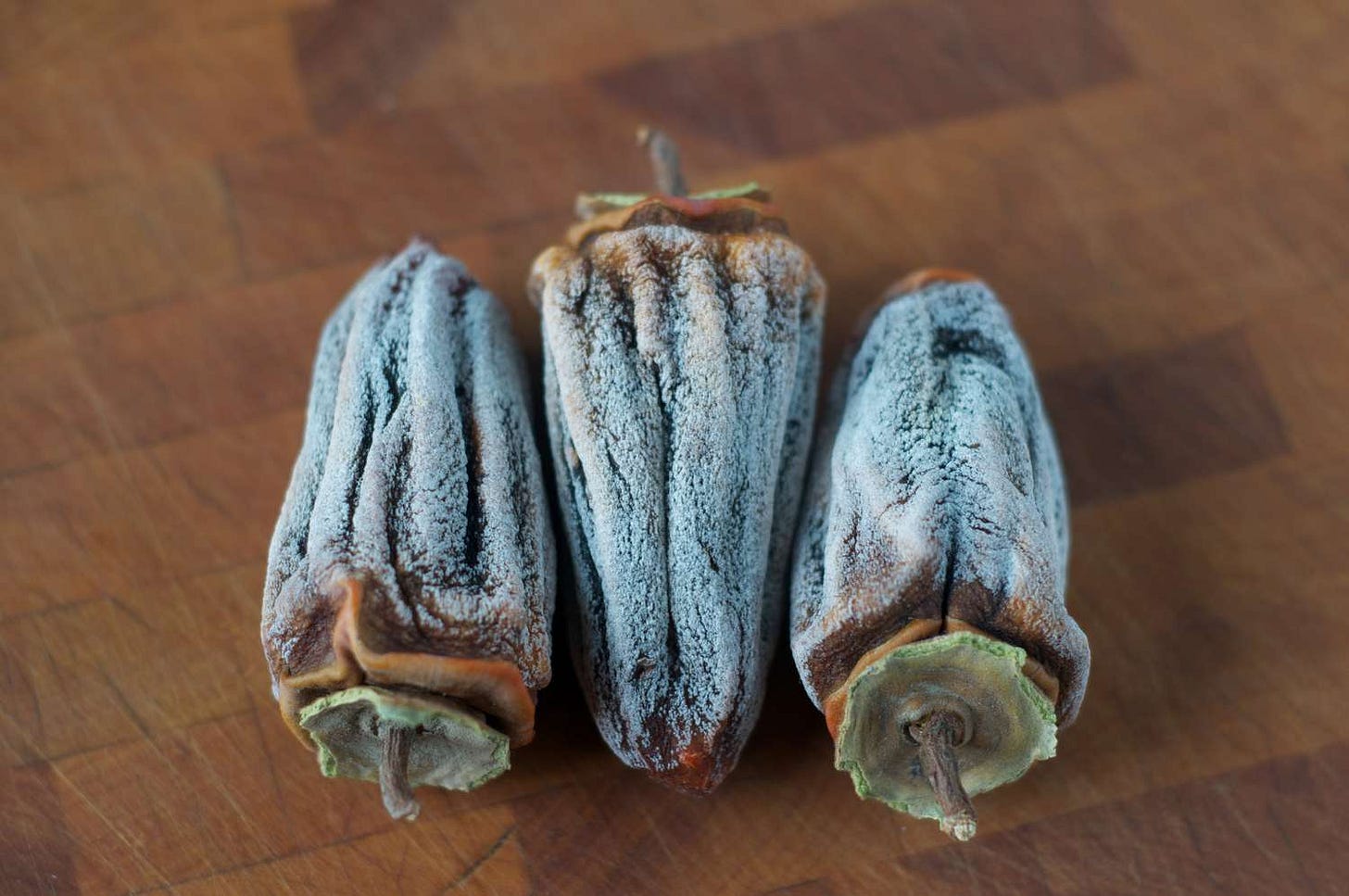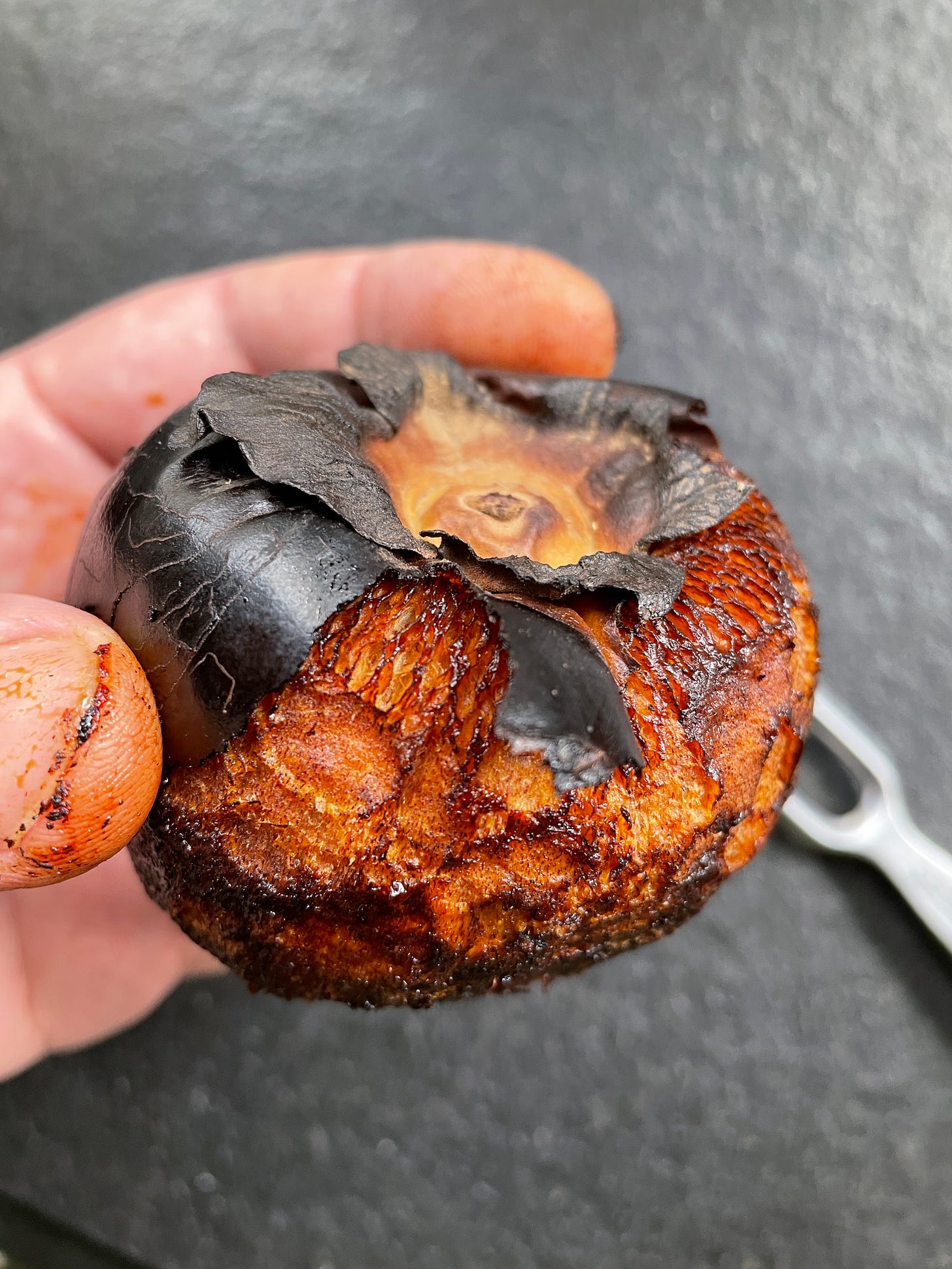Firstly a message to you all:
This week I received an email from Substack to tell me that over one thousand people had now subscribed to this newsletter.
I am humbled by this.
I am a chef, a creative, an amateur photographer and a frustrated writer. I’m also not so good at the whole confidence thing. I’ve spent many years ‘hiding my light under a bushel’ as has been said of me and my work by a renowned critic, so this is very special to me.
In the age of easy clicks on other social media platforms where people are fickle and where numbers are as meaningless as the algorithms that control them, I say to those of you who have taken the time to read my words and have felt a connection, subscribing to receive more, in your already overloaded inbox’s, I say that I truly value every one of you that supports me here.
In the brief nine or so months since I began writing on Substack, it feels that I’ve created something that is mine, something that I truly own and am proud of.
It feels very special to me and I thank all of you for that.
Onwards.
Persimmons, vinegars and burned fruit
Throughout winter, the cellar here develops its own particular aroma, sharp, and sinus jangling. Though not let’s say, as ripe as a collection of ageing charcuterie, hung in a small space, assaulting the front of your brain with that pervading mustiness that festering pig bits bring to the table.
No.
It’s different, less funky.
This is sour, pungent and acetic.
A cellar full of vinegar is not for the faint-hearted, and with this week our bringing in the harvest of over one tonne of heritage apples, a third for crushing to ferment into cider the rest juiced and bottled into the different cultivars, stacked in boxes for the year ahead, the task ahead is real.
Two hundred litres of raw, bubbling cider. Frothy with a thick golden raft of yeast that floats on top. I’ll manage this through the first fermentation, till the fizzing subsides, then rack off the dead yeasts and detritus, then introduce a little sugar to start a second fermentation. This will embolden the flavour, giving a smoother cider to begin the path that leads to the creation of acetic acid. I have a jar of vinegar mother that I put aside from last year, and I will add a blob of the jelly-like mass to each vessel to help with the conversion. All being well, and with a little natural evaporation, by the end of next spring, there should be well over one hundred litres of raw apple cider vinegar. Clear and golden, with that pervasive smell. I’ll look forward to that.
Those of you have have followed these newsletters through the last nine months will mostly know that I like to ferment things. I’ve discussed fig vinegar, elderflower, cider and pear, all made by myself that sit neatly on the shelves of the dark vault, silently sleeping in their glass vessels, the open necks of the large jars covered with cheesecloth or squares cut from old tea towels, then held firmly in place by two or three stout rubber bands to prevent contamination from fruit flies.
These are the methods that I use to create vinegar here at the farm. Persimmon vinegar is made in exactly the same way, and it is this that I’d like to share with you today. It is a straightforward process, easy in fact, just a little time-consuming here and there over a few months. Nothing too strenuous. The rewards are definitely worth the trouble.
Persimmon vinegar - Gam-sikcho
We have Korea to thank for this traditional addition to the larder of interesting things. Quite simply a richly coloured fruit vinegar that dates back hundreds of years both for culinary and medicinal uses, its only ingredient being persimmons.
Traditionally made from Meoski persimmon trees (a native variety that grows only in the mountain foothills of the Jeongeup-si and Jeollabuk-do regions of southwestern South Korea), producing small, very sweet fruits that are high in tannins.
Suppose you read this from North America, which is highly likely according to my stats here on Substack. In that case, I believe there is a variety of persimmon Diospyros virginiana growing wild over your way that you’re able to pick from the woods during autumn and early winter. Windfalls underfoot or from neighbours’ trees in gardens from your corner of the world, where the weather always seems warmer to me.
Deeply burnished orbs that hang low from trees, burnt orange in colour, the little pointed tip and neatly opened calyx on top. There are two types, astringent and non-astringent with hundreds of varieties that I’ll not get encumbered with here today. You’ll know when you taste them, which is which.
The Fuyu is marvellous and sweet, along with the stripy fleshed Vanilla Persimmon, from Southern Italy. The acorn-shaped Hachiya is the most astringent, the one that will grip you by the teeth and make you feel as if you have a mouthful of cardboard for half an hour. The Japanese transform Hachiyas into a revered sweet known as hoshigaki. This involves peeling the ripe fruits, suspending them by attaching them to bamboo using twine, and massaging them carefully so as not to break the surface for a month or two, until the sugars form a white bloom on the exterior of the shrivelling fruit, allowing the juices to evaporate and its sugars to envelop the exterior.
Persimmon vinegar is created through patience and long, slow fermentation. You will need to be patient for around three months. The journey of creating firstly alcohol, then waiting for that fermentation to finish, before letting nature begin the next stage of the transformation to acetic acid.
Vinegar in other words.
For those of us not fortunate enough to be able to collect fruit wild from trees, then a visit to the grocers will be fine. Widely available from autumn through to winter; and for making vinegar, the variety is not particularly important, only that they are ripe.
I often roast Vanilla persimmons in the embers of a fire, peeling away the burnt skin, pulling off strips of warm baked sweet fruit, and discarding the seeds. I like to use the warm candied chunks mixed with a little white soy, and black vinegar to spoon over raw fish, also the cooked fruits smashed down to a purée and rubbed into the skin of a roasting chicken, as a sticky glaze, made even better by the addition of the vinegar that today I’ll share with you how to make.
How to make Gam-sikcho
You will need to find yourself around one kilo of ripe persimmons.
Keep reading with a 7-day free trial
Subscribe to A Private Chef to keep reading this post and get 7 days of free access to the full post archives.


